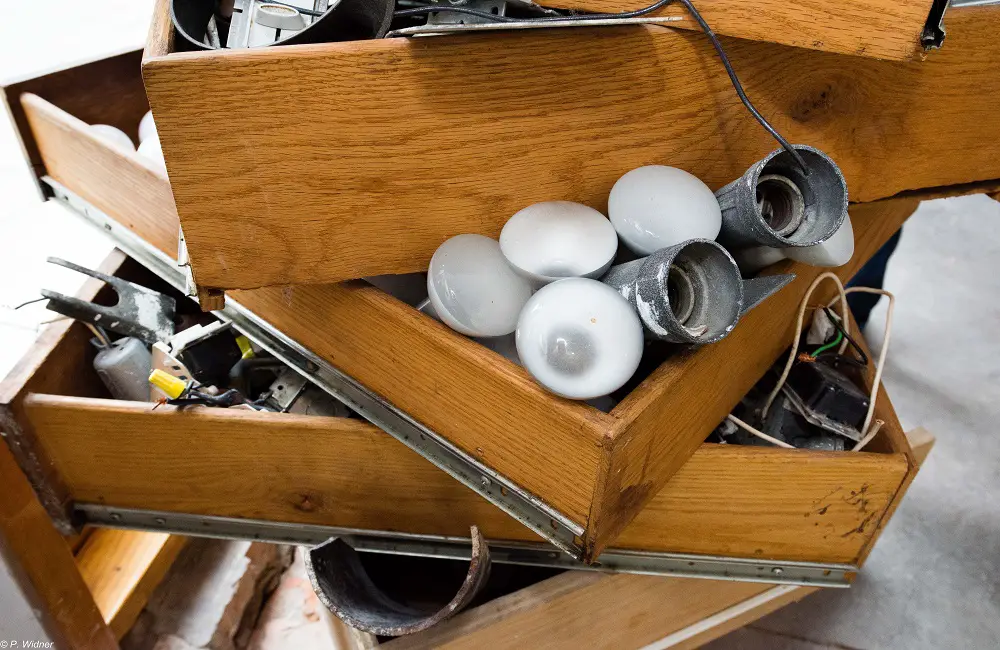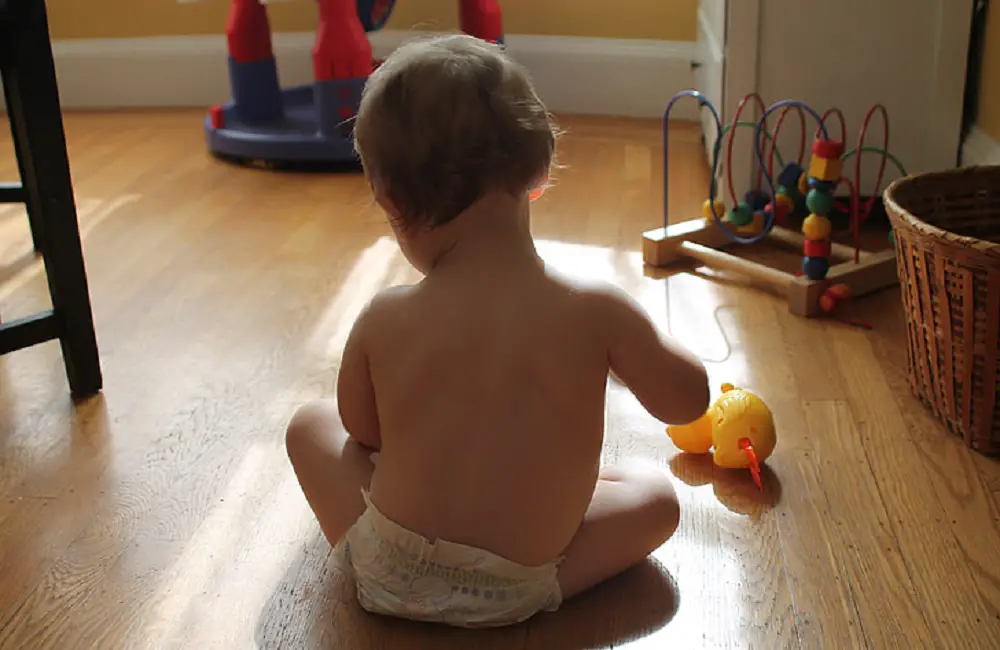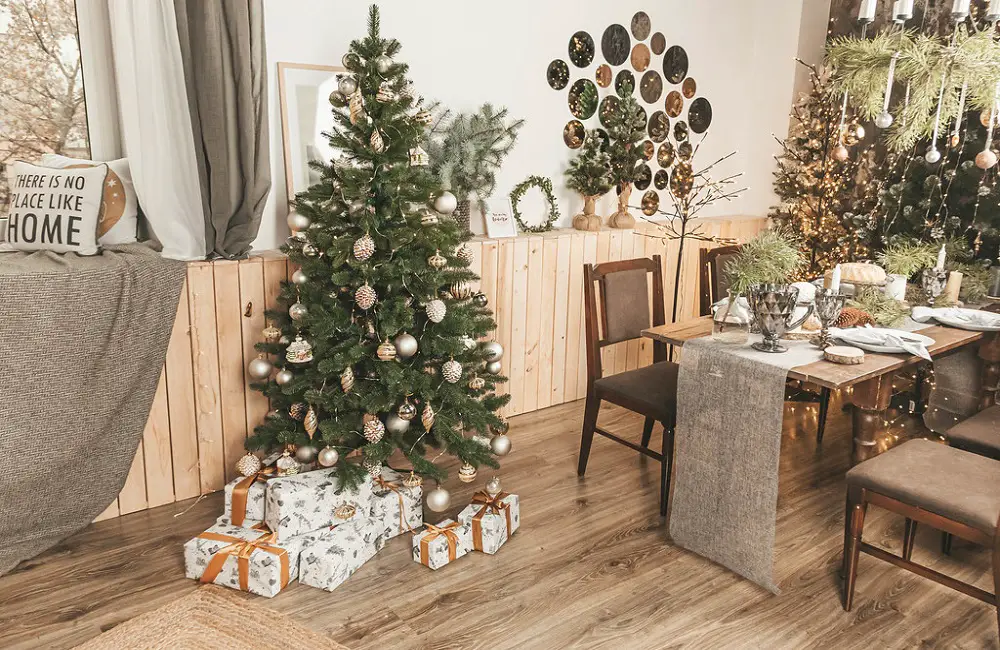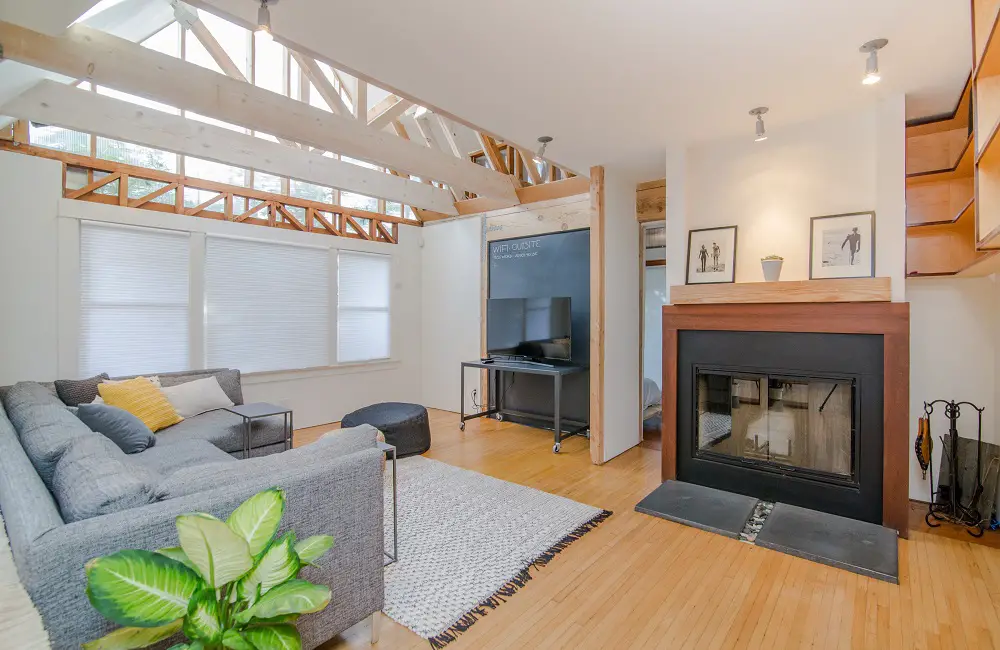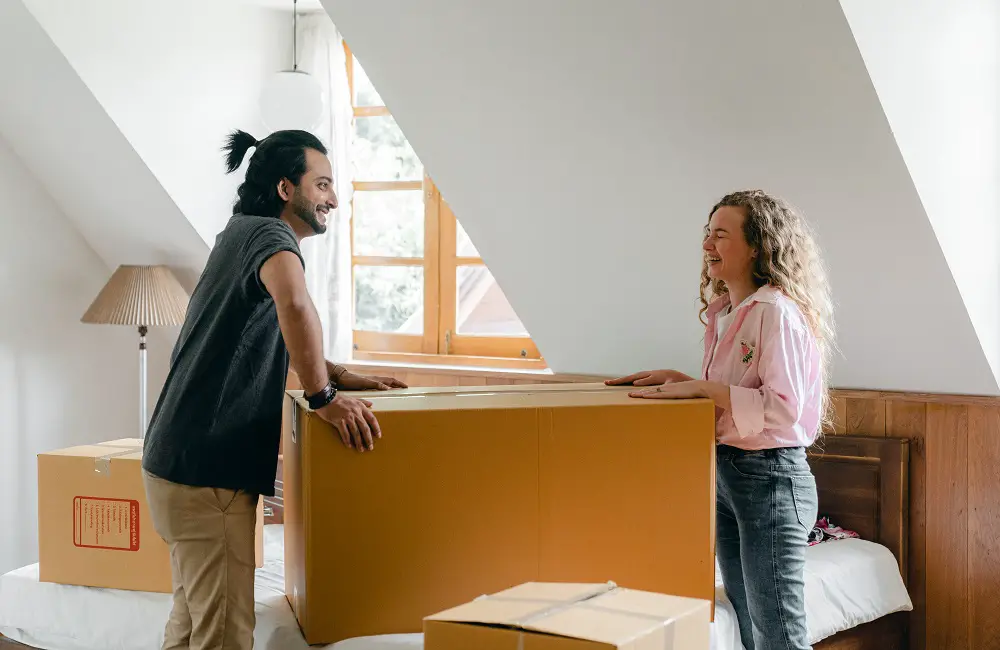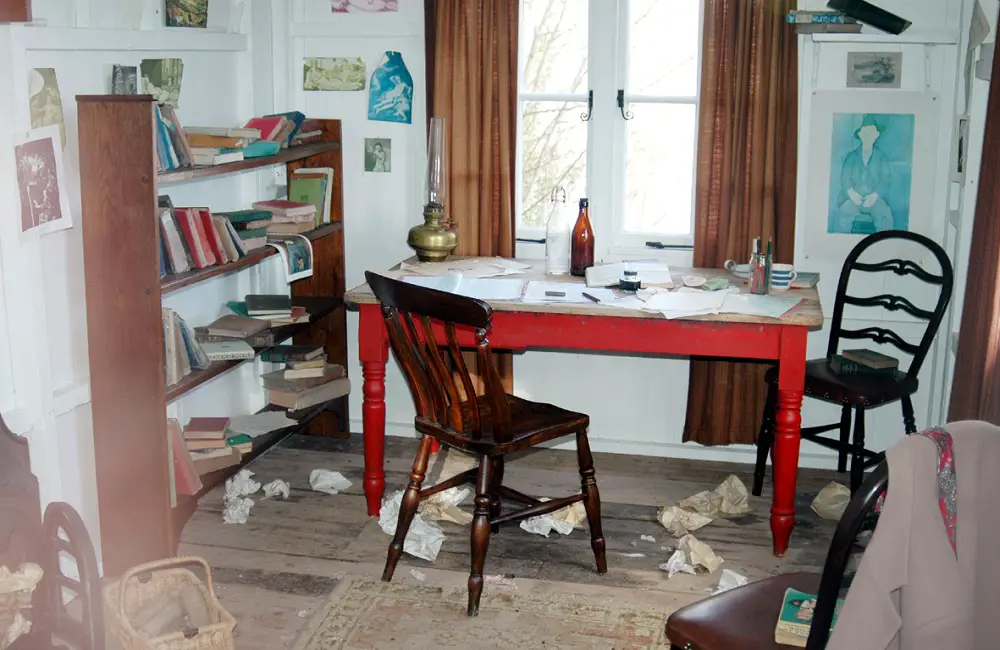How To Declutter A Junk Drawer
In this discussion, we will explore effective ways to efficiently organize your cluttered junk drawer in the kitchen. These practical and simple tips for junk drawer organization will not only help you declutter, but also allow you to maintain a well-organized space. If you are keen on finding effortless drawer organization ideas, you will surely find these do-it-yourself (DIY) ideas highly beneficial. Decluttering and organizing drawers can be a challenging task for homeowners, particularly when it comes to the notorious junk drawer. This all-purpose drawer tends to accumulate a wide range of miscellaneous items, resulting in a cluttered mess. However, with a few clever ideas and utilizing common household items, you can efficiently and inexpensively organize your kitchen junk drawer. By implementing effective strategies, you can transform this cluttered space into a well-organized and functional storage solution. Declutter and Organize the Junk Drawer While rummaging through my cluttered junk drawer the other day, I was struck by the disarray and messiness. Contrary to popular belief, a junk drawer can still maintain organization while accommodating a plethora of items. As I searched for a misplaced menu, I stumbled upon various forgotten possessions that had eluded me for some time, which added an element of amusement to the situation. As a result, I have devised a set of guidelines on how to effectively organize and locate items within this particular drawer, ensuring that all possessions are conveniently accessible whenever needed. Junk Drawer Organizing Tips I began by gathering all of my takeout menus and securing them together with a staple. I have approximately 10 menus, all held together by this single staple. Alternatively, you may choose to place them in a manila envelope or a binder, but I found that using a staple worked just fine. Next, I organized the warranty books for my new appliances, including electric appliances such as microwaves. I gathered all of these booklets and receipts, and I neatly arranged them in a binder. Then, I placed the binder on my bookcase in my home office. Now, whenever I need to find a warranty receipt or a user’s guide for something in the kitchen, I know exactly where to look. I used to have a plethora of batteries rolling around in my junk drawer. To remedy this, I repurposed an old popcorn tin and placed all of the batteries inside. This way, I no longer have to search all over for batteries since they are now conveniently stored in one place. Additionally, I took my small screwdrivers and nails and placed them in a ziplock bag. This allows me to easily grab the bag when I need to do some nailing or screwing in the kitchen. Lastly, I have candles, matches, and a heavy-duty flashlight stored in the designated area. This ensures that if the power goes out, I can quickly access my lights without stumbling around trying to find them. Junk Drawer Organizers The junk drawer contains various miscellaneous items. However, thanks to following the aforementioned tips, I no longer dread accessing it. In fact, it has become quite pleasant as I can now effortlessly locate my belongings. Allow me to share the success I’ve had in getting my junk drawer organized by implementing these six simple steps. This method goes beyond mere clutter organization and offers comprehensive control. 6 Step Junk Drawer Organization Step 1: Start by opening the drawer designated for miscellaneous items and remove everything from it. Step 2: Take the opportunity to thoroughly clean the interior of the drawer, ensuring a fresh and tidy storage space. Step 3: Begin sorting through the contents one item at a time. If needed, clean each item diligently. Step 4: Evaluate each item and make a conscious decision regarding its placement: [a] Does this item truly belong in this specific drawer intended for miscellaneous items? [b] Is this item useful or necessary for your needs? [c] Should this item be discarded as trash? Step 5: Once you have determined the appropriate destination for each item, proceed to place them accordingly. Step 6: After processing each item, you can now focus on organizing the remaining contents that genuinely belong in the designated drawer for miscellaneous items. Final Verdict Decluttering a junk drawer can seem like a daunting task, but it’s an essential step in keeping your home tidy and organized. It’s time to take ownership of the physical clutter that you’ve been hoarding in your home. The tips and tricks mentioned above will help you stay motivated and keep your junk drawer clean and organized. It requires some initial effort, but the benefits are worth it. By removing the clutter in your junk drawer, you’ll free up space, make it easier to find things, and improve your productivity. Follow the tips, and you’ll have an organized and functional junk drawer in no time!
How To Declutter A Junk Drawer Read More »

